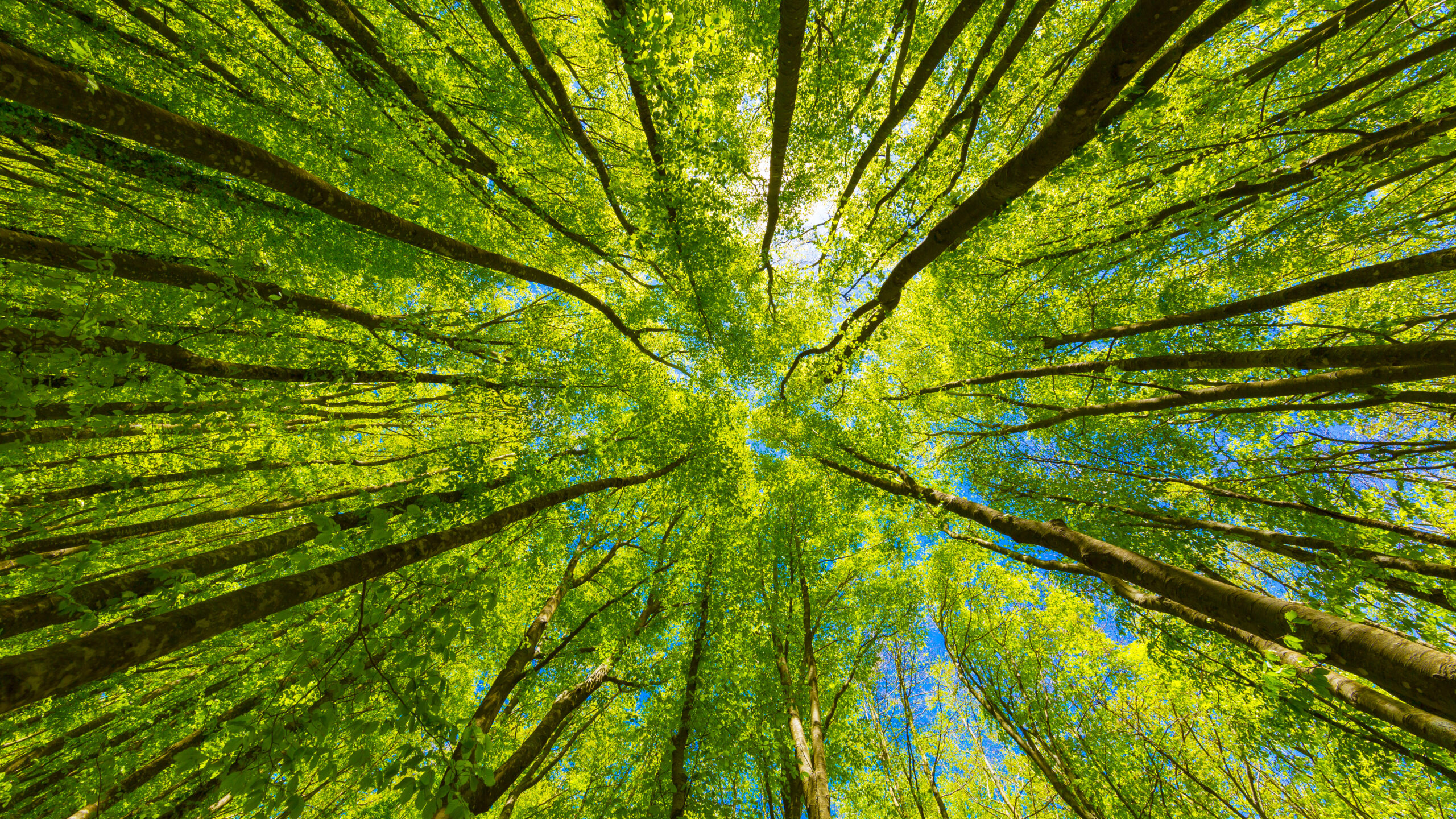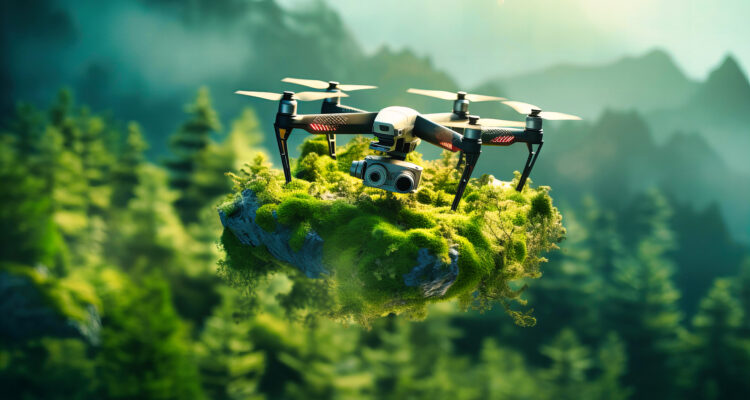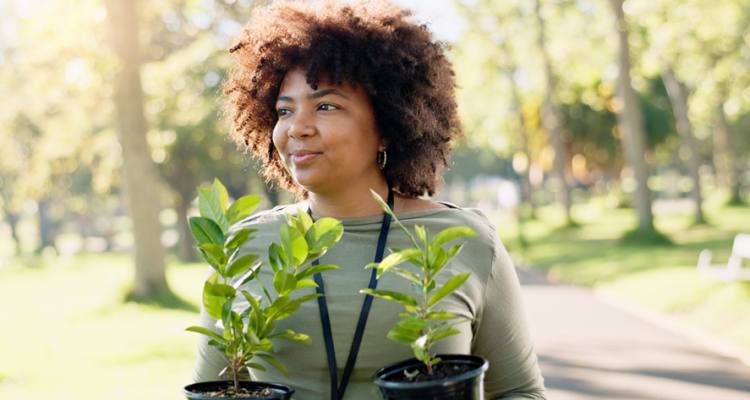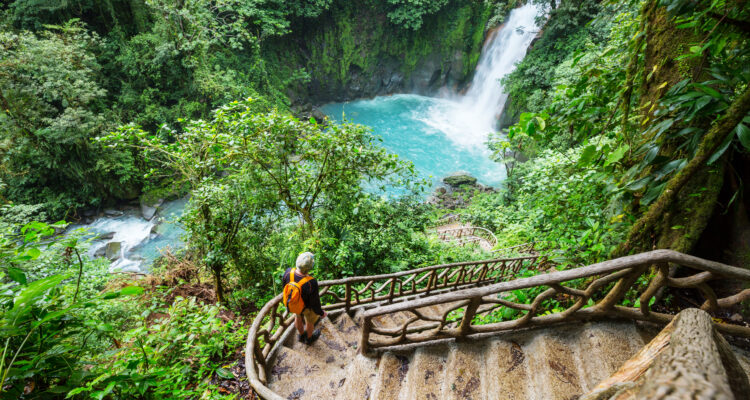The rise of artificial intelligence (AI) could be seen as a move away from nature, but in reality, AI isn’t a threat but a powerful ally.
A recent study[1] showcased the role AI can play in preserving our planet, particularly tropical forests. September 2022 went down in history as a record-breaking month for deforestation in the Amazon, the world’s largest and most important rainforest.[2]
At Vavista, we prioritise the preservation and restoration of natural environments to offset our carbon footprint. In fact, we plant a tree for every policy sold! We work with the company Ecologi and have planted over 300,000 trees already. So, if you want to buy car insurance and help the planet, then get a Vavista quote today.

Here are 6 ways artificial intelligence is helping tropical forest recovery.
1. Monitoring and Detection:
AI helps by using satellite imagery and drones to fly over forests and get an ariel view, to monitor and detect deforestation and illegal logging.
This information is vital for understanding the state of the forest and planning effective recovery strategies.
2. Detecting future threats:
AI can analyse historical data to predict future trends in deforestation, like the impact of climate change. This helps conservationists and policymakers use their money and time where it will be most needed against potential threats to tropical forests.
3. Automated planting systems:
AI-driven robots and planting systems can make replanting more efficient in reforestation projects. These technologies can automatically tell where the right types of trees are planted for optimal biodiversity and ecosystem restoration. This maximises the success of tree planting initiatives.

4. Wildlife conservation:
AI can analyse images taken by cameras placed in traps that monitor and protect wildlife in tropical forests. This helps conservationists track endangered species, identify poaching threats, and put targeted conservation measures in place.
5. Community engagement and social media:
AI can process and analyse data from social media, monitoring what people are most interested and engaged with. For example, finding out what local people think of the current conservation initiatives. This can help raise funds, get the community involved and spread effective messages.
6. Fire Prevention and management:
AI-driven early warning systems can analyse weather patterns, historical data, and satellite imagery to predict and prevent forest fires. These early warning systems enable rapid response and intervention to protect tropical forests from fire-related damage.
By harnessing the power of AI, researchers, conservationists, and policymakers can make more informed decisions in super quick time. These technological advancements contribute to the overall goal of achieving sustainable and resilient ecosystems in the face of environmental challenges.
Love this blog? Learn some more and check out our other blog on Regenerative Farming!
At Vavista, we’re not just about insurance. We want to care for you and your planet too! That’s why we plant a tree for every policy we sell to help offset your carbon footprint.
Want to be more eco conscious with your car insurance?



